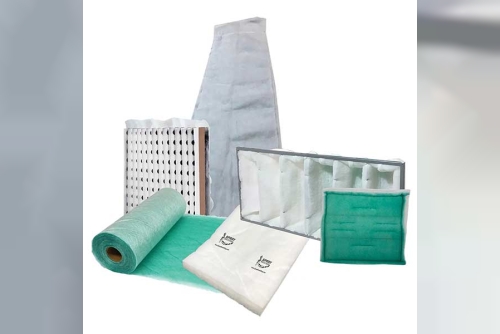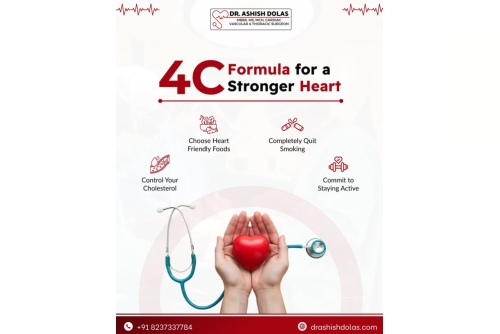When it comes to achieving a professional finish in spray painting, one of the most overlooked yet critical components is the paint booth filter. Whether you’re operating a small hobby booth or a large industrial spray booth, having the right paint booth filters ensures cleaner air, reduced overspray, and better overall results. Beyond surface quality, these filters protect workers, maintain compliance with safety standards, and extend the life of your equipment.
Why Paint Booth Filters Are EssentialA paint booth filter is designed to trap overspray, dust, and airborne particles during the painting process. Without proper filtration, contaminants can settle on painted surfaces, leading to imperfections such as bumps, fisheyes, or uneven finishes. Moreover, paint booth filters prevent hazardous materials from being released into the environment, ensuring compliance with health and safety regulations.
Types of Paint Booth FiltersThere are several types of paint booth filters, each with its own function.
Intake FiltersIntake filters clean incoming air before it enters the spray booth. By removing dust and debris, they ensure a smooth, contaminant-free airflow.
Exhaust FiltersExhaust filters trap overspray particles and prevent harmful emissions from leaving the booth. These filters are crucial for environmental safety and compliance.
Pre-Filters and Secondary FiltersPre-filters extend the lifespan of primary filters by capturing larger particles, while secondary filters enhance efficiency by trapping smaller contaminants.
Benefits of Using the Right Paint Booth FilterUsing the proper paint booth filters offers a range of advantages:
Improved Finish Quality – Cleaner air results in smoother, professional coatings.
Enhanced Worker Safety – Reduces exposure to hazardous chemicals.
Extended Equipment Life – Prevents buildup and reduces strain on ventilation systems.
Regulatory Compliance – Meets safety and environmental standards.
Cost Efficiency – Reduces rework, downtime, and equipment repairs.
When selecting a paint booth filter, consider the following:
Booth Type – Different spray booths (crossdraft, downdraft, side-draft) require specific filter designs.
Filter Efficiency – Higher efficiency filters capture smaller particles but may need more frequent replacement.
Material & Build – Fiberglass, polyester, and paper filters each serve different needs.
Airflow Capacity – Ensure compatibility with your booth’s airflow system.
Maintenance Needs – Some filters are disposable, while others can be cleaned and reused.
Proper maintenance of paint booth filters ensures longevity and consistent performance:
Inspect filters regularly for clogs or buildup.
Replace filters as recommended by the manufacturer.
Keep a schedule for intake and exhaust filter changes.
Avoid overloading filters, as it reduces airflow and finish quality.
Always follow safety protocols when handling used filters.
Decreased airflow in the booth.
Uneven or poor-quality finishes.
Visible paint buildup on the filter surface.
Increased dust and debris inside the booth.
Rising energy costs due to overworked ventilation systems.
Final ThoughtsA paint booth filter is more than just a disposable component—it’s the key to ensuring professional results, safe working conditions, and compliance with environmental standards. By choosing the right paint booth filters and maintaining them properly, you’ll not only extend the life of your equipment but also improve overall efficiency and finish quality.
FAQs About Paint Booth FiltersQ1: How often should I replace my paint booth filters?
Replacement depends on usage, but most intake and exhaust filters should be checked weekly and replaced every few weeks to months depending on workload.
Q2: Can I clean and reuse paint booth filters?
Some filters, such as washable intake filters, can be cleaned and reused. However, most exhaust filters are designed for single use.
Q3: What happens if I don’t replace clogged filters?
Clogged filters reduce airflow, compromise finish quality, and put stress on ventilation systems, leading to costly repairs.
Q4: Are there universal paint booth filters?
While some filters are versatile, it’s best to use filters specifically designed for your booth type and model for optimal performance.
Yes, efficient filters reduce overspray, which can lower paint waste and improve coverage efficiency.












